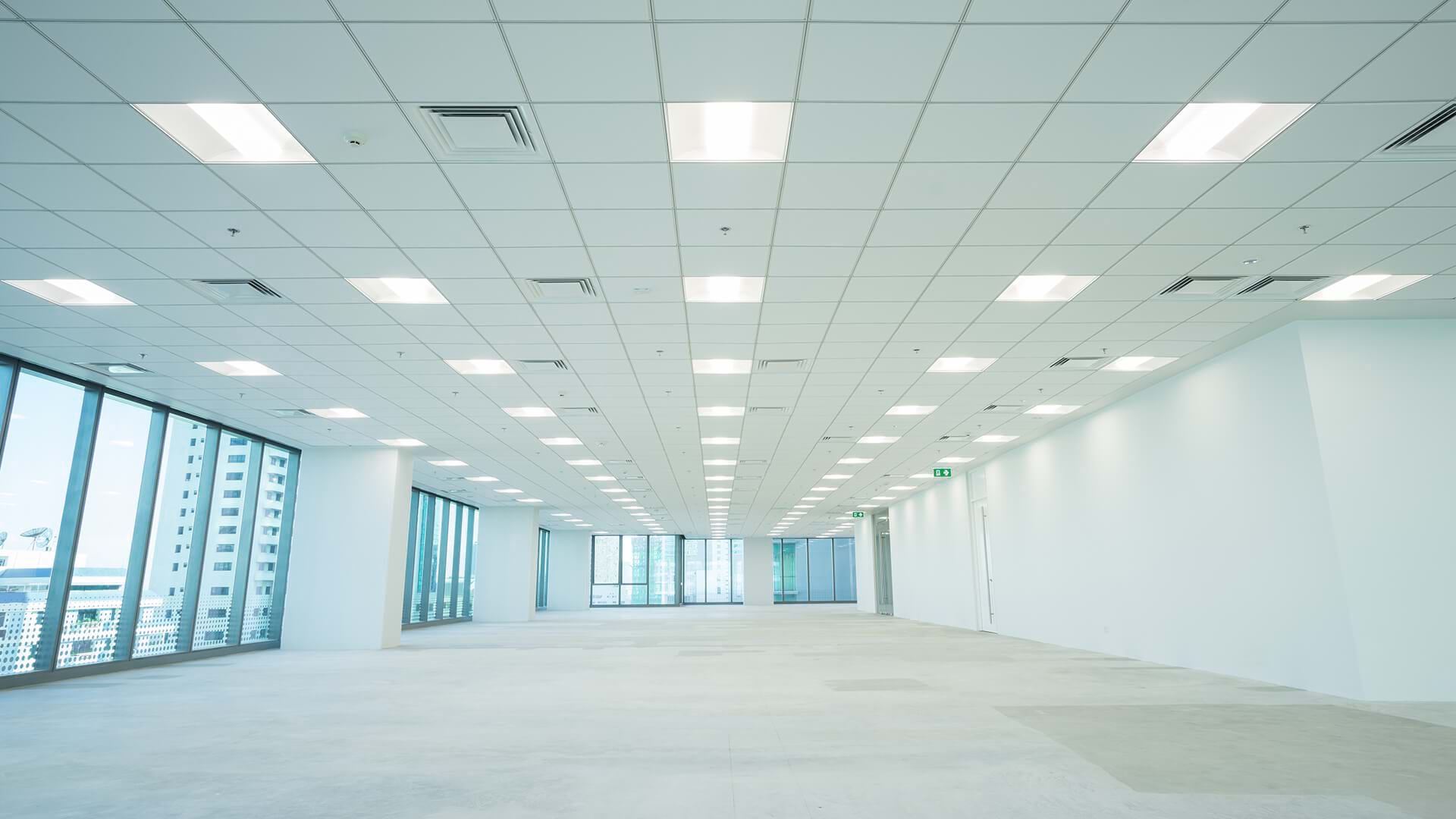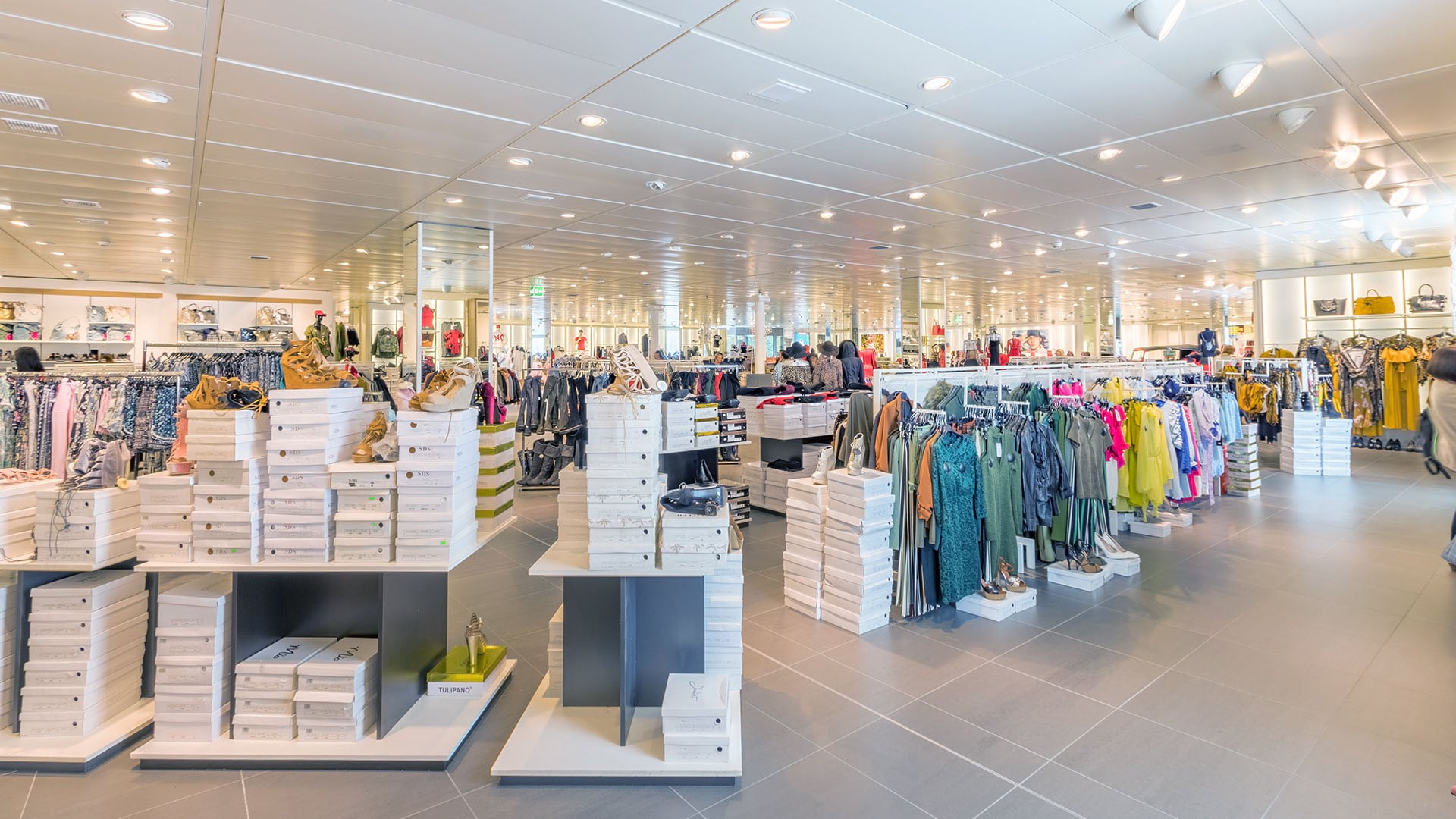Business centers that thrived in pre-pandemic days are now losing value. New York City has seen a $453 billion decline in office real estate value since 2020, according to the National Bureau of Economic Research. But location intelligence—geographic analysis of foot traffic data psychographics, and other location data—may help property owners and business leaders fill vacancies in the hybrid-work era.
Amid office downsizing and economic uncertainty, some developers and corporate real estate firms are adopting mixed-use strategies—combining offices, entertainment, and retail in one complex, for example. The goal is to read the signals that reveal a community’s needs, generate new revenue, and help revitalize downtown neighborhoods.
Where Behavior Reveals Opportunity for Competitive Socializing
In some communities in the US and UK, competitive socializing is gaining traction with the professional crowd. Combining elements of team building and happy hour, competitive socializing has grown by 386 percent since 2021, according to Cushman & Wakefield, a global leader in real estate services.
Companies like Puttshack, Swingers, and Chicken N Pickle create unique experiences by offering competitive games—mini golf, darts, or pickleball—alongside high-end food and drinks. Landlords taking on these leases are filling large amounts of space, giving locals fresh entertainment, and attracting foot traffic to nearby retailers. When business professionals post about the competitive outings on TikTok or Instagram, they might even create FOMO among remote colleagues, drawing them to the office for the next social event.
Beyond social gaming, some business districts have heard calls for office conversions to address the global housing crisis, with advocates eyeing vacant buildings as new living space. Cities in Texas are adopting the idea, but it’s not always a straightforward solution for bringing people back to cities, nor financially feasible for all property owners.
A potentially less costly trend for filling office spaces involves private gyms for personal trainers and their clients. A recent New York Times article highlighted Canadian company Silofit, which opened several such locations in Miami. Landlords are also getting creative by leasing to educational institutions, wellness centers, life science organizations, self-storage companies, and production studios. In New York City, some offices have been repurposed as film sets.
Finding the Right Niche
Transforming vacant office space into diverse business concepts can both strengthen demand for nearby office space and create greater resilience during downturns, Brookings reports.
To find the right concepts, some property owners, corporate leaders, and entrepreneurs are using geographic information system (GIS) technology to perform location analysis. By analyzing data on foot traffic, demographics, and psychographics, GIS reveals population characteristics—from age, income, and household size to interests, values, and behaviors—in large communities or on a single city block.
As noted in a recent WhereNext article:
Businesses are using location intelligence generated by GIS to reveal changing customer interests in certain locations. A GIS analyst can cull data on foot traffic patterns, for instance, to discern the demographics and psychographics of people who frequent the area. Product- or service-based businesses have used that insight to establish new locations, plan store merchandise, and dynamically shift pickup and delivery options. Now industry leaders are using it to develop entirely new offerings at a pace that matches the market.
For instance, a neighborhood where half of residents have disposable income upwards of $100,000 might welcome a luxury spa. A vibrant artist community might be interested in a maker space. Location analysis details whether locals tend to spend on dining experiences, whether they will travel to recreation and entertainment venues, and if they are discount shoppers or typically pay full price.
Embracing Data-Forward Analysis
The downturn in US commercial real estate, coupled with recent bank failures and higher borrowing costs, have some investors and regulators concerned about economic weakness. Brookings says office utilization rates are increasing—just very gradually. In the meantime, converting offices to other uses will help landlords pay bills and generate new demand, while opening new business lanes for retail and service businesses.
The opportunities can be as diverse as a new podcast studio or mall space converted into an animal shelter. But as every executive knows, the first determinant of business longevity is whether the service or product answers the needs of the location it serves.











